Diamond Clarity Scale & Chart
- Observation of Inclusions
- Diamond Clarity Scale
- Clarity Enhanced
- Price Comparison based on a Diamond's Clarity Grade
- Grades of Inclusions
- Grades of Inclusions (Diamond Images)
- Corrective
Observation of Inclusions
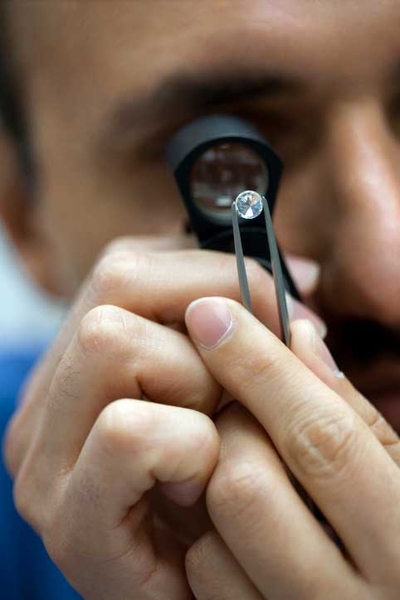
There are different types of inclusions: solid, liquid, gaseous, etc. That said, the concept of clarity for a diamond must be kept in perspective, because everything depends on the magnification used when examining it. In fact, a 100% flawless diamond does not exist, because very high magnification will always reveal very small imperfections in a diamond. A diamond is therefore said to be "Internally Flawless" when an expert's eye can detect no defect at 10 times magnification.
Inclusions in a diamond are observed using a loupe with 10 times (10X) magnification; it must be achromatic and aplanatic.
Procedure: with the elbows or forearms resting on the table or on its edge, the magnifying glass is moved as close as possible to one eye; both eyes are kept open to avoid overly tiring one eye, and the diamond is slowly rotated in order to examine it from all sides.
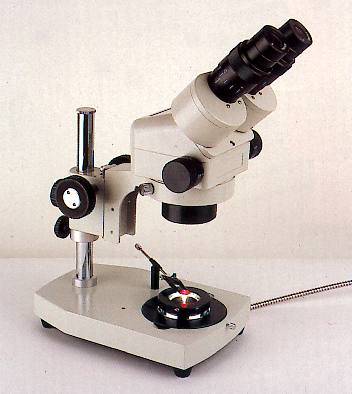
It is common practice to use a microscope (or binocular loupe) to facilitate the search for inclusions in a diamond because it enables high magnification (10-80 times) without having to change lenses, and therefore without losing sight of the inclusion that was being examined. Some microscopes even have an ocular micrometer incorporated to accurately measure observed inclusions. This microscope must have a lower light source with a dark field as well as an upper light source.
It is preferable to use a white background as well as appropriate lighting, such as a cold-light lamp. This light source must be placed as close as possible to the loupe; in order to provide maximum light; it must be placed above the observer so that the light does not bother him or her.
Tweezer are used to hold the diamond; in the case of large stones or rough diamonds, fingers can replace the tweezers. The stone must be clean.
An inclusion is observed by the table and the pavilion to determine:
- Its size
- Its contrast
- Its position
Diamond Clarity Scale
| FLAWLESS (FL) | These stones have no imperfections inside or on the outside of the stone under the magnification of a loupe of 10 power. |
| INTERNALLY FLAWLESS (IF) | These stones have no inclusions under a loupe with a 10 power magnification. Loupe clean |
| VVS1 VVS2 |
These stones have very small inclusions which are very difficult to see under a loupe with a 10 power magnification. VVS = Very Very Slightly Included. |
| VS1 VS2 |
These stones have small inclusions which are slightly difficult to difficult to see under a loupe with a 10 power magnification. VS = Very Slightly Included. |
| SI1 SI2 SI3 |
These stones have inclusions which are fairly easy to see under a loupe with a 10 power magnification, or visible to the naked eye. GIA, the largest and most widely accepted Gem Laboratory in the world, does not recognize SI3 grades. SI = Slightly Included. |
| I1 | Flaws that are visible to the naked eye. I1 = Included 1. |
| I2 | Many flaws clearly visible to the naked eye that also decrease the brilliance. I2 = Included 2. |
| I3 | Many flaws clearly visible to the naked eye which decrease the brilliance and compromise the structure of the diamond, making it more easily cracked or chipped. I3 = Included 3. |
Clarity Enhanced

If an artificially modified inclusion has been done it will be mentioned in « Comments » on the certificate. To detect these diamonds, look at the stone from the table with a magnifying glass 10 X, slighlty move the stone (for it to sparkle) you may see a small « flash ».
This flash is very fast and rather difficult to see, if you see it, you are in the presence of a diamond called « Clarity Enhanced ».
You will find these terms (Clarity Enhanced) written the section « Comments » on the certificate, wisch is issued by the international laboratories (GIA, HRD, IGI, EGL, etc...).
These diamonds should not be heated at a too strong temperature, because the resin which was introduced to stop the hole of the laser would melt. We let to you imagine the result.
The price of these diamonds is lower due to the artificial modification of their clarity.
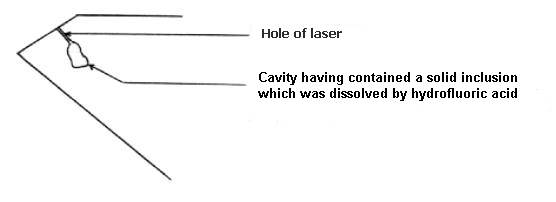
Price Comparison based on a Diamond's Clarity Grade
What influence does a diamond's clarity have on its price?
The table below compares the prices for brilliant diamonds of the same weight (from 1.00 to 1.49 carat) but different clarity grades.
Grades of inclusions
| (Click to Enlarge) | |||
 |
 |
 |
 |
| VVS1 | VVS2 | VS1 | VS2 |
 |
 |
 |
 |
| SI1 | SI2 | SI3 | I1 |
 |
 |
 |
 |
| I2 | I3 | Drilling Laser | Hole in the Table |
Grades of Inclusions (Diamond Images)
| (Click to Enlarge) | |||
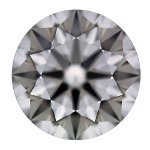 |
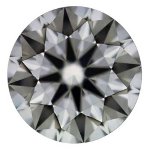 |
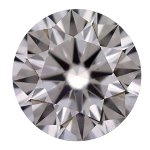 |
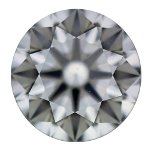 |
| VVS1 | VVS2 | VS1 | VS2 |
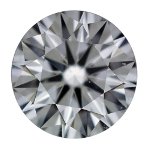 |
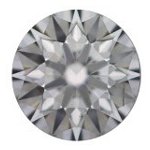 |
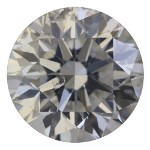 |
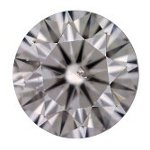 |
| SI1 | SI2 | SI3 | I1 |
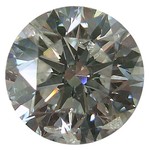 |
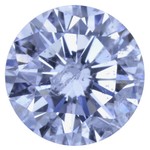 |
||
| I2 | I3 | ||
Corrective
Degrade of a category a particularly contrasted inclusion.
Improve of a category an inclusion near to the edge of the stone.
Degrade of a category a unit of the same inclusions size (example: 3 inclusions VS2 = SI1).

